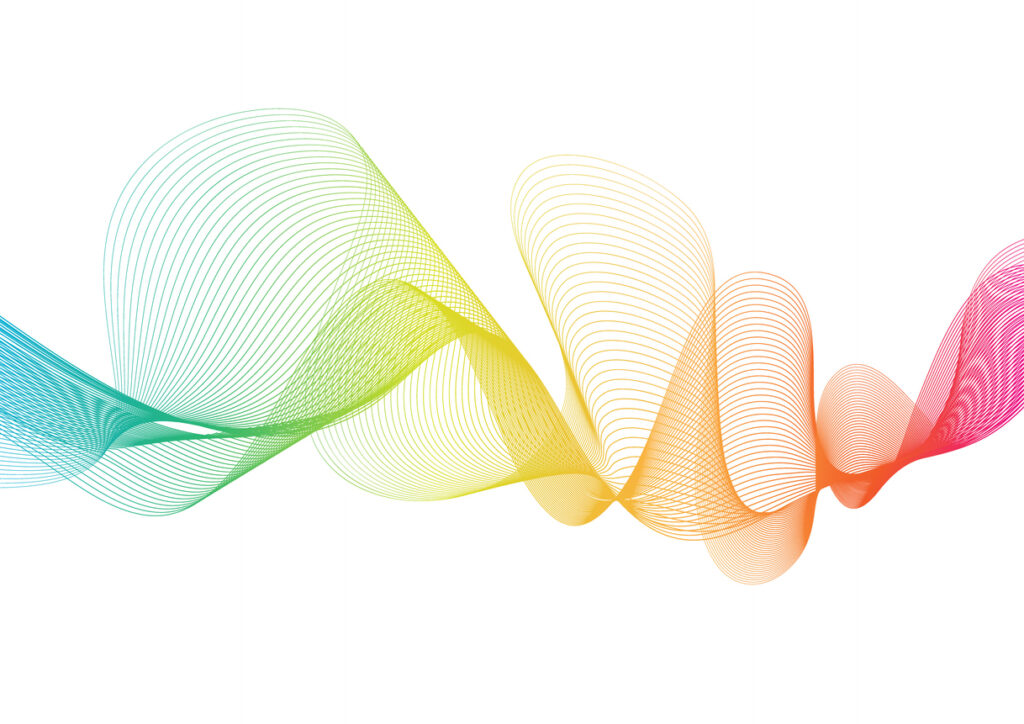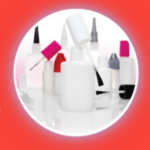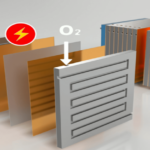
The Growing Applications for Visible Light Curing Resin
ThreeBond is proud to be at the forefront of contributing to the growing number of applications for visible light curing resins. These visible-light cure resins are currently used in many forms, including:
However, due to the need for a one-part, non-solvent, fast-curing configuration, visible light cure resins are starting to be used in inks, paints, adhesives, sealants, sealing agents, printing plates, and various resist materials. With expanding uses, visible light resins have been a new and growing focus for ThreeBond.
Compared with UV cure resins, visible light resins have a much shorter history and few results within the industry. With growing uses across various industries, we will continue to learn more about visible light curing resins and work to improve their productivity and ease of handling. ThreeBond has developed several visible light curing adhesives, TB3177, TB3170B, TB3170F, TB1770 series, and will continue to work towards offering our customers alternate solutions for UV cure resins.
- Inks
- Paints
- Adhesives
- Sealants
- Sealing agents
- Printing plates
- Resist materials
About UV Curing Resins
While the demand for light-curing resins has been increasing year after year, most products are ultraviolet-curing resin that uses UV rays as curing energy. This innovative technology has been around since the 1970s, mostly used as a dental resin. So, while it's not the newest technology, its uses are far-reaching.However, due to the need for a one-part, non-solvent, fast-curing configuration, visible light cure resins are starting to be used in inks, paints, adhesives, sealants, sealing agents, printing plates, and various resist materials. With expanding uses, visible light resins have been a new and growing focus for ThreeBond.
Advantages and Disadvantages of Visible Light
Ultraviolet-curing resin is widely used in the fields of electric, electronic, automobiles, optics, communications, construction, and the like, due to its one-part, non-solvent, fast-curing configuration. However, when comparing visible light to ultraviolet rays, you'll note some advantages and disadvantages. Some of the main disadvantages of using visible light over UV rays include:- Lower energy level than UV - The energy level of the visible light is approximately 1/2 that of ultraviolet rays. Therefore, the curing of visible-light resin is slower than that of ultraviolet-curing resin.
- Poor surface curing of resins - the low energy level of the visible-light-curing resin makes it difficult for radicals trapped by oxygen to become an active species again.
- High light penetration - permits the use of a filling mixed with an adhesive and a resin for semi- to non-transparent materials. The light penetrativity of the resin to be cured itself improves.
- Safe for the human body - Ultraviolet rays can impact the human body. Therefore, the ultraviolet irradiator must be designed for worker safety.
- Inexpensive radiation system - the visible-light-curing resin can be cured well with a commercially available halogen lamp. Therefore the total cost will be lower than that of a UV-curing mercury lamp.
Compared with UV cure resins, visible light resins have a much shorter history and few results within the industry. With growing uses across various industries, we will continue to learn more about visible light curing resins and work to improve their productivity and ease of handling. ThreeBond has developed several visible light curing adhesives, TB3177, TB3170B, TB3170F, TB1770 series, and will continue to work towards offering our customers alternate solutions for UV cure resins.




